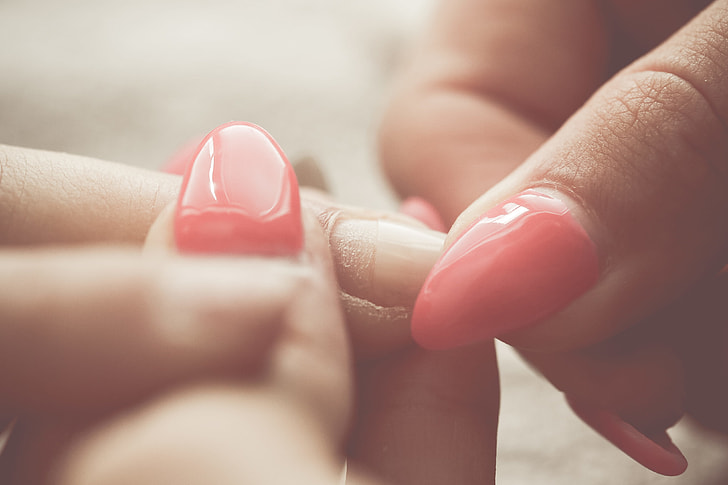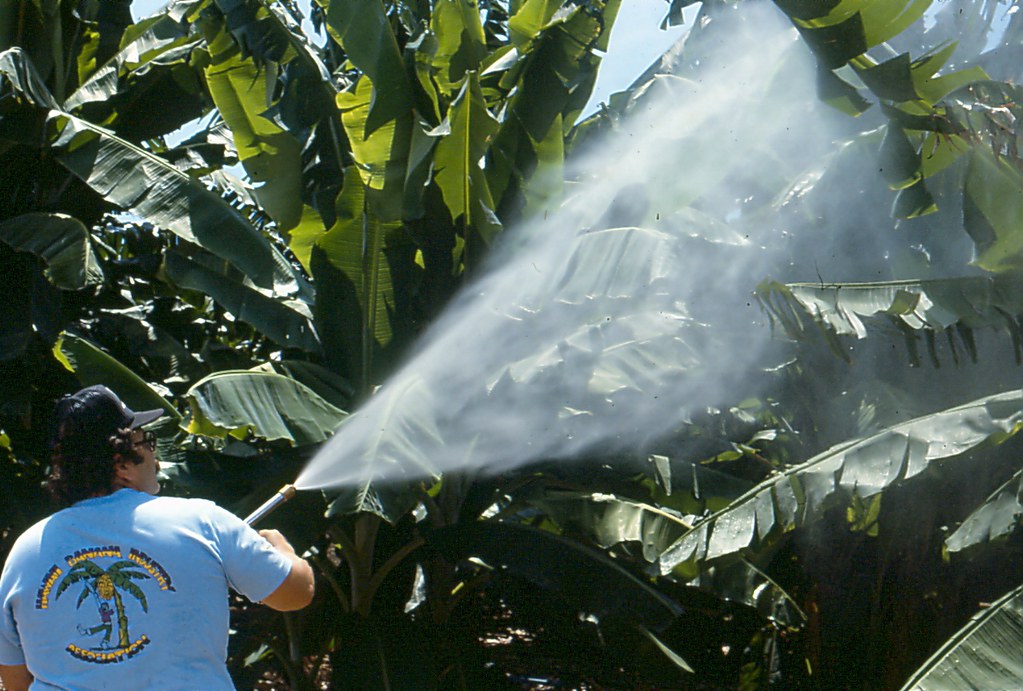Among young adult and teen women, acrylic nails have become a popular trend. Despite the range of nail designs possible through acrylic nails, this beauty routine is hotly debated due to exposure to toxic chemicals.
What are acrylic nails?

Long and Complex nail designs can be achieved using acrylic nails (credit: Bvasilev1, Wikipedia Commons)
Acrylic nails are a form of nail extensions that use a liquid and powder formula to create a sturdy fake nail. The powder contains poly(methyl methacrylate), also known as acrylic glass. Acrylic glass is a type of synthetic plastic polymer. This polymer gets activated when in contact with the liquid monomer used in acrylic nail formation. This liquid contains ethyl methacrylate (EMA) and an inhibitor. The inhibitor prevents immediate polymerization between the liquid and powder. The polymer powder is dipped into the monomer to create a malleable bead that is shaped to fit the client’s nail. Within minutes of application, the mixture cures, forming a solid layer.
The debate against acrylic nails
Many health experts argue against the use of acrylic nails due to the harsh chemicals used in their creation. EMA is particularly concerning. Particles of this highly reactive monomer are likely to remain unpolymerized after the nail has cured. This can cause redness, swelling, and pain in the customer’s nail bed. The reactivity and negative effects of monomers have been discussed at length. Prior to EMA, methyl methacrylate (MMA) liquid monomers were used. MMA has since been banned by the Food and Drug Administration due to severe damage to nails and allergic reactions.
Acrylic nails often use chemicals such as toluene, phthalates, methacrylic acid, and formaldehyde. These chemicals have been proven to cause asthma, allergic reactions, short-term memory loss, and irritate eyes, throat, and lungs.
The effects of these chemicals on clients’ nails and overall health have made acrylic nails a debated service. This argument also extends to nail technicians who are surrounded by these chemicals every day.

Acrylic nails can cause damage to the natural nail when not applied or removed by a professional (credit: Pickpik)
The pros of acrylic nails
Despite some backlash regarding the chemicals used in acrylic nails, many people continue to advocate for this practice due to its strength, cost, and appearance.
The hard layer formed by the polymer and monomer serves as protective over the nails. When applied by professionals, acrylic nails can be used to protect natural nails. This is especially helpful for customers with brittle or weak nails.
Acrylic nails also last for up to 21 days, decreasing the number of times customers must return to the nail salon. In the long run, acrylic nails can be a cost-effective way for customers to continue looking their best.
Lastly, acrylic nails provide unmatched customizations for their clients. Customers can choose from a range of lengths, shapes, colours, and designs.
As showcasing creativity via nail designs becomes more popular, customers stay aware of the potential health concerns that surround their beauty regimen.
-Carissa Chua









